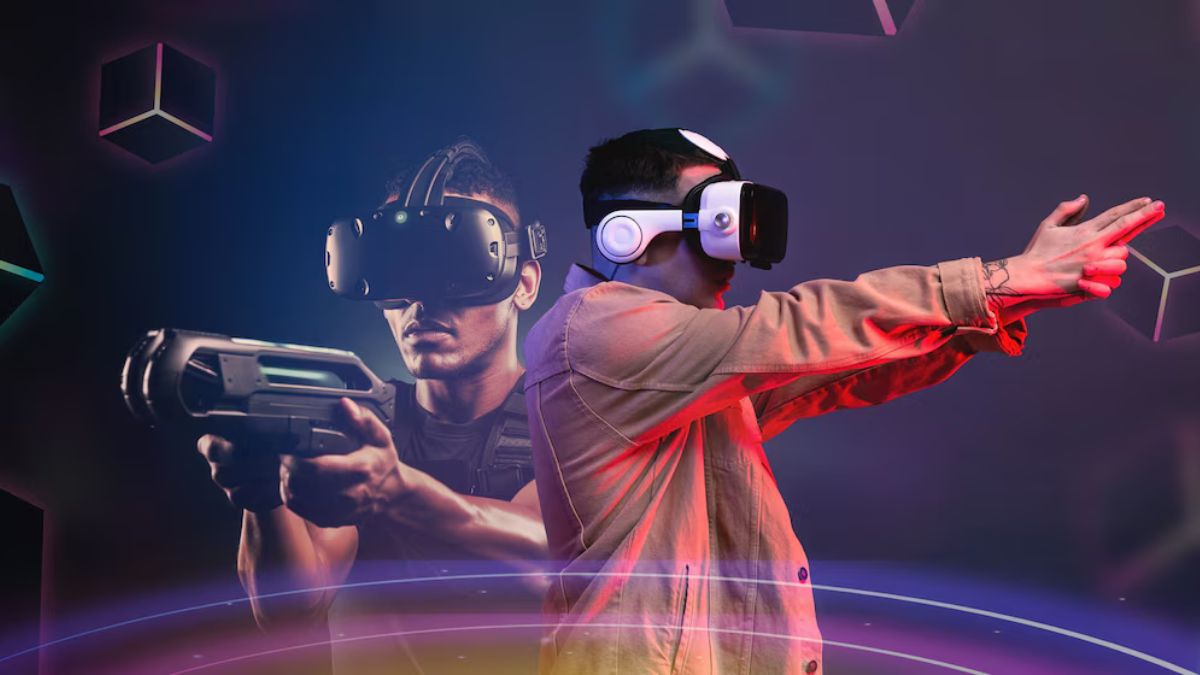In the ever-evolving landscape of technological innovations, one term has gained traction recently: Cubvh. From engineering and interior design to augmented reality and gaming, Cubvh has found its application in various industries, providing a three-dimensional virtual environment that simulates real-world spaces. The aim of this article is to delve deeper into the complexity of Cubvh and explore its origins, significance, and versatility.
Origins and Development
The origin of Cubvh dates back to 2014, when a group of engineers and planners at the College of California, Berkeley, conceived a virtual assistant called “Cube Virtual Helper” (Cubvh). Their vision was to create a dynamic virtual representation of physical spaces such as workplaces or homes, overcoming the limitations of traditional 2D plans or outlines.
Understanding Cubvh
Essentially, it acts as a virtual assistant that assists users in a variety of activities and tasks in a three-dimensional digital environment. It provides users with an immersive and interactive experience, allowing them to easily view and manipulate virtual spaces. Whether it’s architectural design, interior decoration, urban planning, or even gaming, it offers a versatile platform for creative expression and problem solving.
Symbolic meaning
Beyond its practical applications, it has a symbolic meaning that resonates with people of all cultures and industries. The fusion of intricate patterns and geometric shapes in the virtual environment inspires a sense of wonder and curiosity among enthusiasts and scientists around the world. Its symbolic depth goes beyond mere aesthetics and invites reflection on themes of complexity, unity, and innovation.
Applications in different industries
Cubvh’s versatility extends to a wide range of industries, each leveraging its capabilities for various purposes:
Architecture and interior design: Architects and interior designers leverage Cubvh to create realistic visualizations of their designs, allowing clients to experience spaces before construction begins. The ability to navigate virtual environments and make adjustments in real time improves the design process and fosters greater collaboration.
Urban planning: Urban planners use it to simulate cityscapes and explore different scenarios for development projects. By analyzing data within a virtual environment, planners can make informed decisions about infrastructure, transportation, and zoning regulations, leading to more sustainable and resilient cities.
Augmented reality (AR) and virtual reality (VR): It serves as a foundational technology for AR and VR applications, blurring the lines between the physical and digital worlds. Whether it’s immersive gaming experiences, educational simulations, or virtual meetings, it provides a rich canvas for innovation in the realm of extended reality (XR).
Engineering and manufacturing: Engineers and manufacturers leverage Cubvh for product design, prototyping, and simulation. By visualizing complex systems and processes within a virtual environment, they can identify potential issues, optimize performance, and streamline production workflows.
Education and training: Educators incorporate it into curriculum development to create engaging, interactive learning experiences. Whether it’s exploring historical landmarks, dissecting biological specimens, or conducting virtual experiments, it enriches educational content and fosters deeper understanding.
Future perspectives
As technology continues to advance, the future of technology offers limitless possibilities. Enhanced graphics, artificial intelligence, and immersive interfaces will further elevate Cubvh’s capabilities, opening up new avenues for creativity and innovation. From smart cities and digital twins to personalized virtual assistants, Cubvh is poised to revolutionize the way we interact with the virtual world.
Conclusion
In conclusion, Cubvh represents a groundbreaking innovation in the realm of virtual environments, offering a versatile platform for creative expression, problem-solving, and immersive experiences. Its origins at the College of California, Berkeley mark the beginning of a transformative journey that continues to unfold in industries around the world. As we navigate the complexities of the digital age, it serves as a beacon of innovation, inspiring us to explore new frontiers and redefine the boundaries of possibilities.










